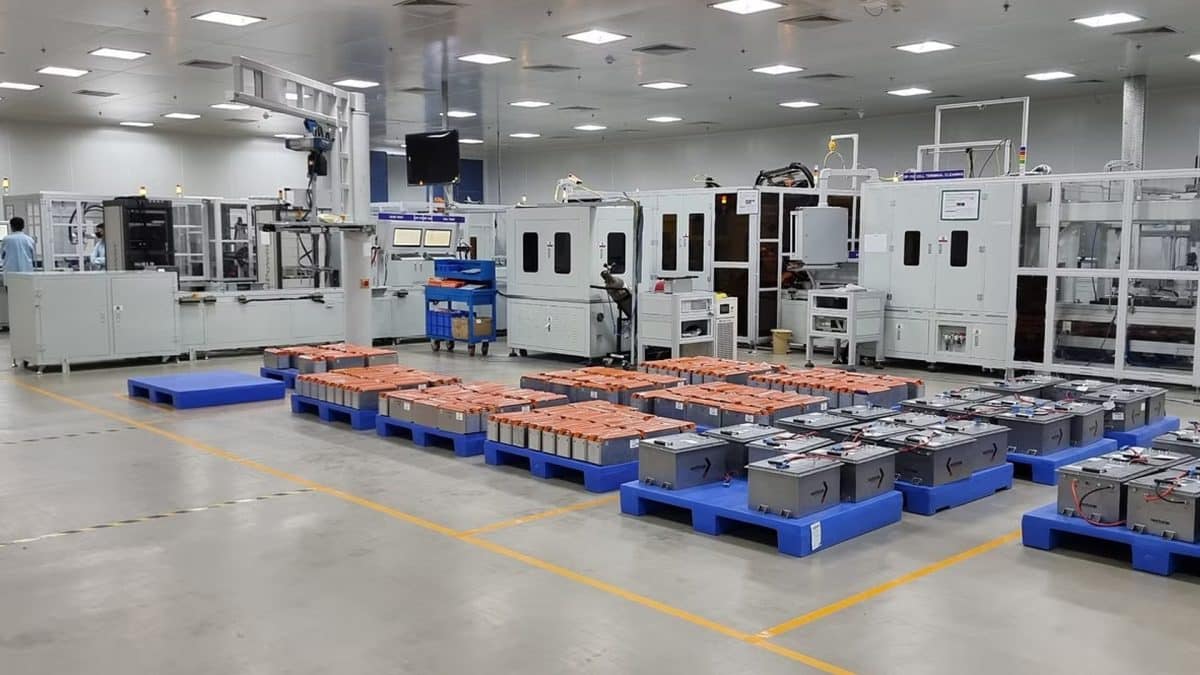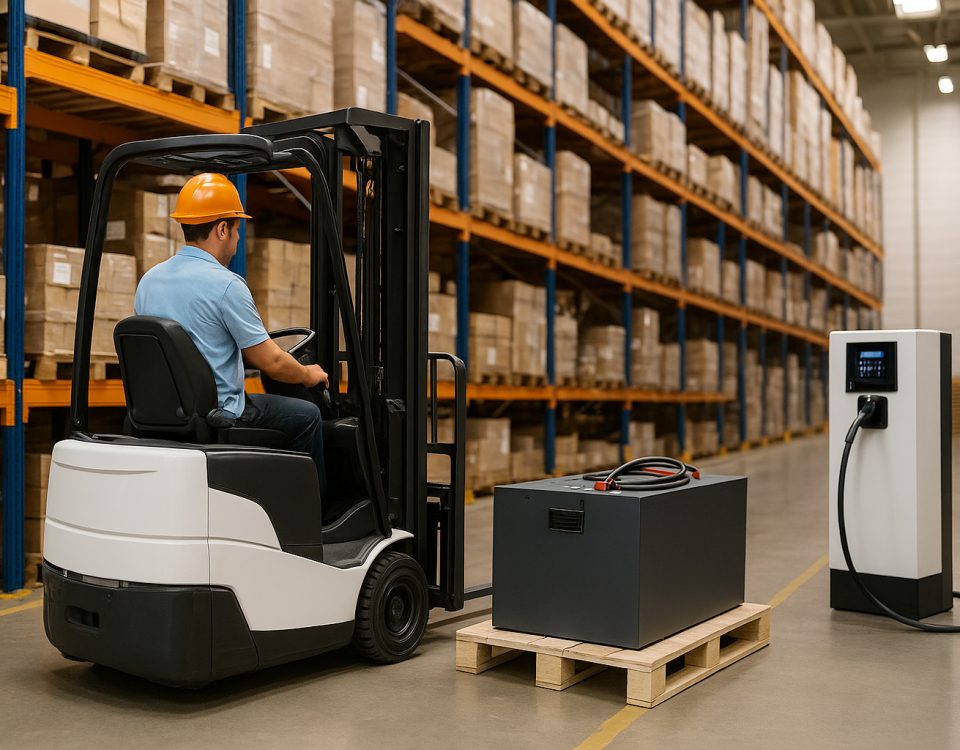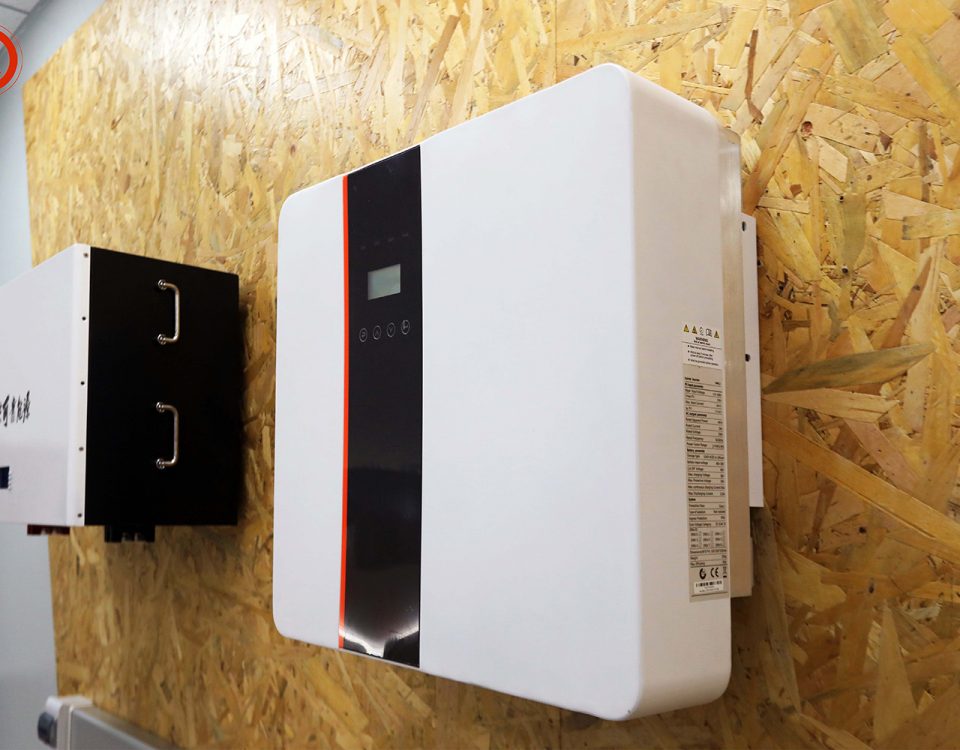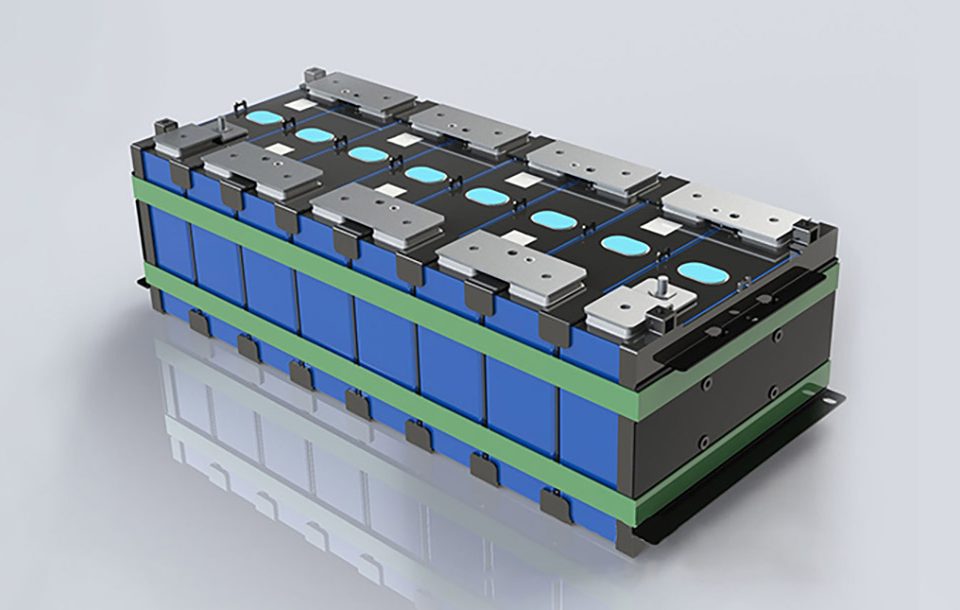As Southeast Asia’s manufacturing sector continues to thrive, the demand for lithium batteries is surging at an unprecedented pace. This trend is driven by a combination of industrial growth, green energy initiatives, and the need for advanced energy solutions across diverse sectors. This article delves into the unique drivers behind the region’s rising demand, uncovering opportunities for businesses while providing actionable insights for navigating this rapidly expanding market.
A Manufacturing Powerhouse on the Rise
Southeast Asia, comprising dynamic economies such as Vietnam, Indonesia, and Thailand, is fast becoming a global manufacturing hub. Several factors contribute to this growth, including:
-
Competitive Labor Costs: Southeast Asia offers cost-efficient production compared to traditional manufacturing giants like China, making it attractive for global companies seeking cost-effective solutions.
-
Strategic Location: The region’s proximity to major markets such as China, India, and Australia positions it as a critical logistics and supply chain node.
-
Government Initiatives: Policies such as Thailand’s “Thailand 4.0” and Vietnam’s focus on high-tech industries encourage foreign investment and technological innovation.
These elements combine to create a fertile environment for manufacturing growth, which in turn fuels the demand for reliable, high-performance energy solutions such as lithium batteries.
Key Drivers of Lithium Battery Demand
The rising demand for lithium batteries in Southeast Asia’s manufacturing sector can be attributed to several factors:
1. The Shift Toward Automation and Electrification
From factories to warehouses, automation is transforming industries. Automated guided vehicles (AGVs), robotic arms, and other machinery rely heavily on lithium batteries for their long-lasting performance and fast charging capabilities. This shift aligns with global trends favoring Industry 4.0 technologies, making lithium batteries indispensable.
2. Renewable Energy Integration
Governments in Southeast Asia are prioritizing renewable energy to combat climate change and reduce dependence on fossil fuels. Solar and wind energy systems increasingly require lithium batteries for energy storage, ensuring uninterrupted power supply and grid stability.
3. Growth in Electric Mobility
The electric vehicle (EV) market in Southeast Asia is gaining momentum, with two-wheelers, buses, and electric cars leading the charge. Lithium batteries, being lightweight and energy-dense, are pivotal to this transformation.
4. Demand for Reliable Energy in Remote Areas
Many Southeast Asian nations include remote islands and rural areas where reliable electricity remains a challenge. Lithium batteries are increasingly deployed in off-grid solar systems, powering homes, schools, and businesses with sustainable energy solutions.
Emerging Market Opportunities
The growth trajectory of lithium battery demand in Southeast Asia presents unique opportunities for stakeholders:
1. Investments in Local Manufacturing
Given the rising costs and logistical challenges associated with importing batteries, there is significant potential for local lithium battery manufacturing facilities. Countries like Indonesia and Malaysia, rich in raw materials such as nickel and cobalt, could become regional hubs for battery production.
2. Collaboration with Governments and Green Initiatives
Businesses that align with governmental policies promoting green energy and industrial innovation are likely to benefit from subsidies, tax breaks, and public-private partnerships.
3. Customization for Regional Needs
Unlike one-size-fits-all solutions, customized lithium battery designs catering to specific applications—such as EVs for urban commutes or compact storage systems for off-grid villages—are gaining traction.
4. Technological Innovation and IoT Integration
Integrating Internet of Things (IoT) technology with lithium batteries—such as real-time performance monitoring and predictive maintenance—offers added value to customers, fostering loyalty and long-term partnerships.
Challenges and Strategies for Success
Despite its immense potential, the Southeast Asian lithium battery market poses challenges, including:
-
Regulatory Variations: Navigating differing policies and standards across countries requires careful planning and compliance expertise.
-
Supply Chain Complexities: Ensuring a steady supply of raw materials, particularly in a geopolitically sensitive region, demands strategic sourcing and risk mitigation.
-
Environmental Concerns: With increasing scrutiny on battery recycling and waste management, businesses must adopt sustainable practices to maintain credibility and market access.
Overcoming the Challenges
-
Local Partnerships: Collaborating with regional manufacturers and distributors can streamline operations and enhance market understanding.
-
Sustainability Initiatives: Investing in recycling technologies and promoting circular economy practices can address environmental concerns while enhancing brand value.
-
Innovation Focus: Developing cutting-edge solutions tailored to Southeast Asia’s unique needs ensures differentiation in a competitive market.
Introducing RICHYE: Your Trusted Partner in Lithium Battery Solutions
RICHYE, a professional lithium battery manufacturer, stands out as a trusted partner for businesses seeking high-quality energy solutions. With a strong commitment to excellence, RICHYE delivers lithium batteries renowned for their superior performance, safety, and reliability. From competitive pricing to advanced technology, RICHYE’s products empower industries to achieve their energy goals efficiently and sustainably. Whether for AGVs, EVs, or renewable energy storage, RICHYE offers customized solutions that meet the diverse demands of Southeast Asia’s burgeoning markets.
Conclusion: Seizing the Southeast Asian Opportunity
The rapid growth of Southeast Asia’s manufacturing sector, combined with its embrace of green energy and advanced technologies, makes it a focal point for lithium battery demand. Businesses that understand the region’s unique drivers and challenges can unlock significant opportunities while contributing to a sustainable energy future. By partnering with industry leaders like RICHYE, stakeholders can navigate this vibrant market with confidence and success.
Southeast Asia is not just an emerging market—it is a powerhouse in the making. The question is: Are you ready to power its future?




